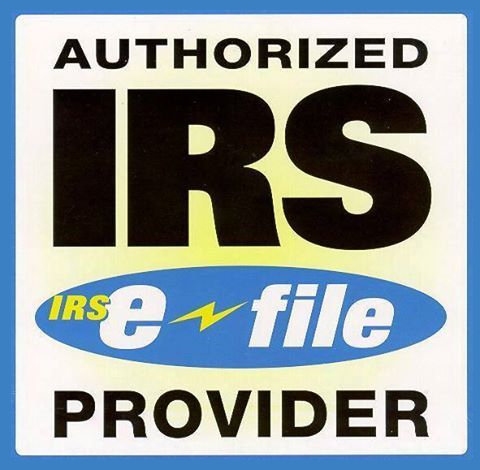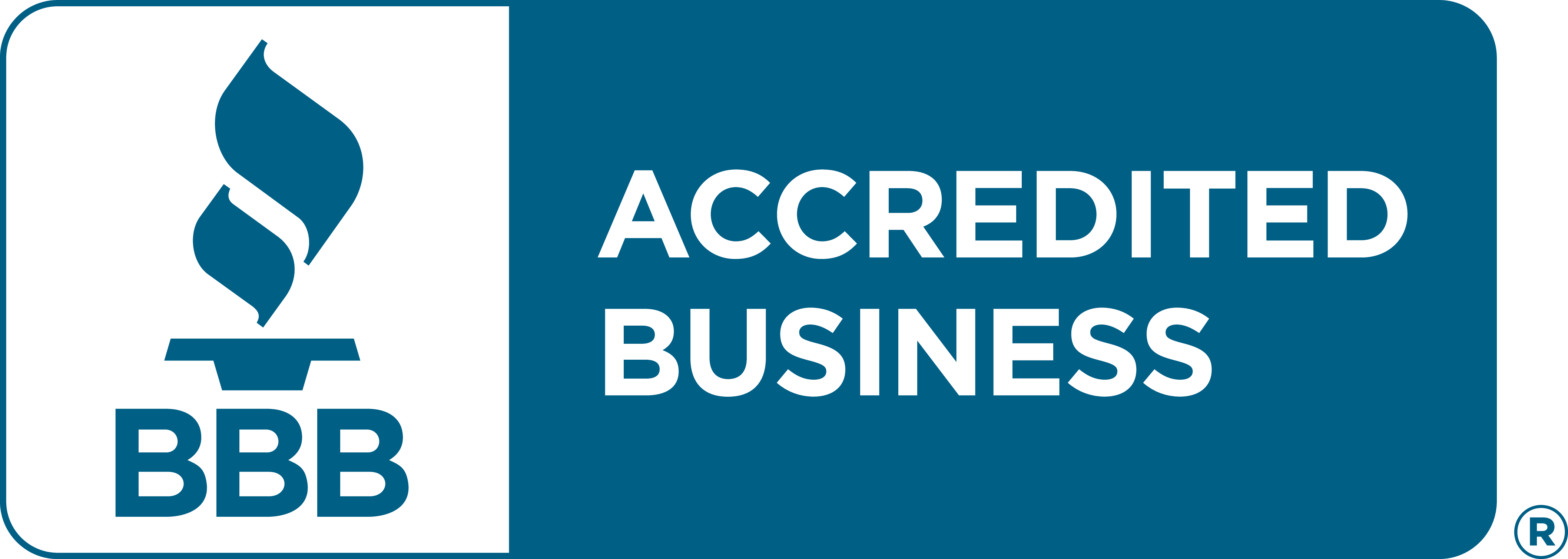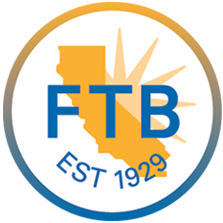Form 1120-S vs. Form 1065
Excise Tax Forms
Employment Tax Forms
Information Returns
Exempt Org. Forms
Extension Forms
FinCEN BOIR
General
For small businesses, taxation depends on how the entity is structured. Two of the most common IRS filings for pass-through entities are Form 1120-S (for S Corporations) and Form 1065 (for Partnerships/LLCs).
While both allow income and losses to pass through to owners, there are major differences in ownership restrictions, how income is reported, and how taxes apply. Knowing which form to file is key to compliance and maximizing tax efficiency.
What is Form 1120-S?
Form 1120-S is the federal income tax return for S Corporations. An eligible corporation or LLC that has elected S Corp status by filing Form 2553 uses this form to report annual income, deductions, and credits.
Key Features of Form 1120-S:
- Income, losses, deductions, and credits are passed through to shareholders.
- Shareholders receive Schedule K-1, reporting their share on individual returns.
- Avoids double taxation, unlike C Corporations.
- Owners can be employees and receive a salary, which is subject to payroll taxes, while dividends/distributions are not.
- Must meet eligibility rules (domestic entity, ≤100 shareholders, only one class of stock, U.S. citizens/residents only).
File your Form 1120-S with TaxZerone — IRS-authorized e-filing with built-in checks, automatic Schedule K-1 generation, and secure submission.
What is Form 1065?
Form 1065 is the federal tax return for Partnerships and multi-member LLCs taxed as partnerships. Partnerships are not separate tax-paying entities; instead, income passes through to partners.
Key Features of Form 1065:
- Reports partnership income, deductions, gains, and credits.
- Each partner receives Schedule K-1 to include their share on personal returns.
- Entire distributive share is usually subject to self-employment tax.
- Profit-sharing is flexible and does not have to follow ownership percentages.
- Partners cannot be employees; they are considered self-employed.
Major Differences Between Form 1120-S and Form 1065
| Feature | Form 1120-S (S Corporation) | Form 1065 (Partnership/LLC) |
|---|---|---|
| Who Files | S Corporations | Partnerships & multi-member LLCs |
| Taxation | Pass-through; shareholders report income | Pass-through; partners report income |
| Self-Employment Taxes | Salary subject to payroll tax; distributions not | Entire share generally subject to self-employment tax |
| Compensation Rules | Shareholders can be employees | Partners cannot be employees |
| Profit Distribution | Must follow ownership percentages | Flexible distribution arrangements |
| Filing Requirements | Form 1120-S + Schedule K-1 for each shareholder | Form 1065 + Schedule K-1 for each partner |
| Ownership Restrictions | ≤100 shareholders; only individuals, certain trusts/estates; U.S. persons only | No restrictions on number or type of owners |
| Due Date | March 15 (or 2.5 months after year-end) | March 15 (or 2.5 months after year-end) |
| Complexity | More compliance & IRS rules | Simpler structure, flexible agreements |
Eligibility Requirements
To File Form 1120-S (S Corporation):
- Must be a domestic corporation or LLC electing corporate taxation.
- Limited to 100 shareholders.
- Only one class of stock allowed.
- Shareholders must be U.S. citizens or residents (no partnerships, corporations, or nonresident aliens).
- Must elect S status by filing Form 2553.
To File Form 1065 (Partnership):
- Must be a domestic or foreign partnership with two or more members.
- No ownership restrictions — can include individuals, corporations, foreign persons, or entities.
- Flexible agreements allow customized profit allocations.
Tax Treatment: Self-Employment vs. Payroll
- S Corporations (Form 1120-S):
- Shareholder-employees receive a salary subject to payroll taxes.
- Dividends/distributions are not subject to self-employment tax, potentially reducing overall tax liability.
- Partnerships (Form 1065):
- Partners cannot draw salaries.
- Their entire distributive share of business income is generally subject to self-employment tax.
Reporting and Filing Requirements
For S Corporations:
- File Form 1120-S annually with the TaxZerone.
- Provide each shareholder with Schedule K-1.
- May need to file state corporate tax returns depending on jurisdiction.
For Partnerships:
- File Form 1065 annually.
- Provide each partner with Schedule K-1.
- Partners include income on their personal returns (Form 1040).
Which Form Should You File?
Choose Form 1120-S if:
- You qualify as an S Corporation.
- You want to save on self-employment taxes by splitting compensation into salary and dividends.
- Your ownership is limited to U.S. persons and within IRS restrictions.
E-file Form 1120-S securely with TaxZerone today and simplify your S Corporation tax compliance.
Choose Form 1065 if:
- You operate as a Partnership or multi-member LLC.
- You want flexibility in allocating profits among partners.
- You don’t want restrictions on ownership.
Making the Right Filing Choice for Your Business
Both Form 1120-S and Form 1065 are used for pass-through taxation, but they differ in structure, ownership rules, and how income is taxed. Partnerships (Form 1065) are simpler and more flexible, while S Corporations (Form 1120-S) often provide tax savings through payroll and distribution strategies.
Choosing the right filing depends on your business structure, ownership goals, and tax planning strategy.












